How to wash things without pilling?
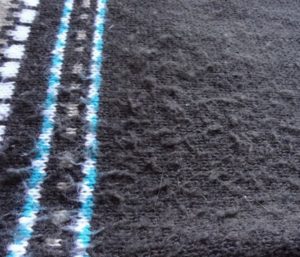 Unsightly pellets can accumulate on virtually any fabric. They are formed due to the fact that individual tissue fibers are separated from the rest and tangled into a kind of lump. To reduce the likelihood of their occurrence, you need to follow certain rules for caring for clothes. Let's figure out how to wash things so that there are no pills, which clothes are less prone to their appearance.
Unsightly pellets can accumulate on virtually any fabric. They are formed due to the fact that individual tissue fibers are separated from the rest and tangled into a kind of lump. To reduce the likelihood of their occurrence, you need to follow certain rules for caring for clothes. Let's figure out how to wash things so that there are no pills, which clothes are less prone to their appearance.
We wash it correctly
The basic rules of washing clothes are familiar to every housewife. To prevent pilling, it is necessary to turn clothes inside out before placing them in the washing machine drum. The fact is that when “scrolling” in the machine, things come into contact, and this can provoke tangling of loose fabric fibers.
Even if pills appear, they will be from the inside out, so the appearance of your favorite dress or sweater will be preserved. This is the basic advice to follow.
A special washing mesh will help prevent the occurrence of pilling. It is better to first put a product that is prone to rolling in such a bag, and only then put it in the SMA drum. This way there will be no unsightly balls either inside or outside the item.
It is recommended to hand wash clothes that tend to form pills.
A good alternative to the gentle washing cycle of the machine is to manually clean the laundry. In such a situation, you yourself will be able to regulate the process. Items must be washed separately, one item at a time. The algorithm for hand washing will be as follows:
- fill a basin, bathtub or other container with water.Depending on the material from which the product is made, the temperature of the liquid should be controlled;
- pour in the cleanser, stir the water with your hand until the product completely dissolves and “gives” foam;
- put the item in a soapy solution, soak for 5-10 minutes;
- start rinsing the product in water. It is important not to rub the fabric;
- rinse clothes several times in clean water;
- Gently wring out the item without twisting it.
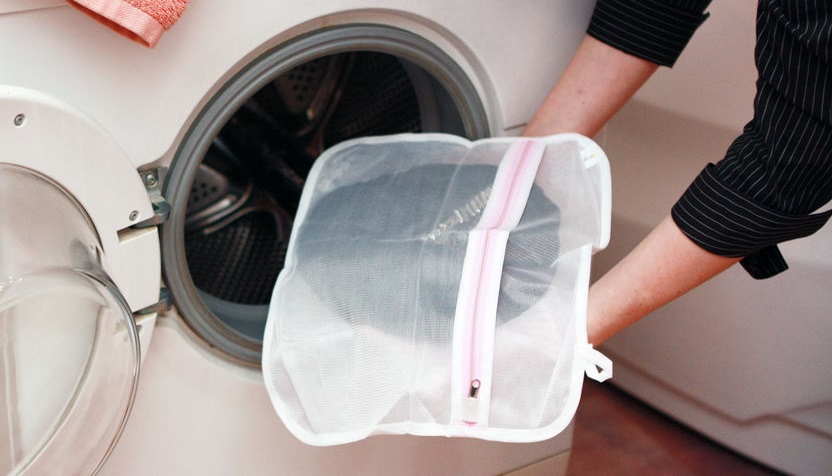
When washing wardrobe items, it is better to use enzyme-based liquid detergents. Such products, in addition to the fact that they do an excellent job of removing any type of dirt, are also capable of dissolving proteins and sugars found in the natural fibers of the fabric. So, if you use enzyme formulations to clean clothes that are prone to pilling, they can break down small fluffy fibers and, therefore, prevent the “clumps” from curling.
When choosing an enzyme composition for washing, focus on its main components. It is necessary that the product contains cellulase, amylase, protease. These substances are capable of breaking down proteins, sugars and other molecular particles.
It is better to refuse to use classic washing powders. They increase the likelihood of pilling during the cleaning process. It is better to give preference to liquid gels.
Be sure to run the “Delicate” or “Hand” wash.
Gentle modes can reduce the risk of fabric fibers separating and tangling. Clothes will not rub against each other as much, since the drum rotates much slower on such programs.
It is also important to dry things properly. By using a drying chamber, you increase the risk of the pellets becoming tangled.Also, clothes hung on the rods of a special dryer rub against each other, thereby causing pilling. It is advisable to hang things so that they do not touch. An ideal option for drying would be a clothesline.
When it's warm outside, it's better to hang clothes out in nature. During the cold season, you have to organize drying at home. In such a situation, it is imperative to ventilate the rooms well to ensure sufficient air exchange and prevent excess humidity in the room.
If machine drying is still necessary, it is important to set the chamber heating to minimum. A low drying temperature will prevent laundry from shrinking and minimize the risk of negative effects of heat on fabric fibers. Retrieving things from drying cabinet necessary immediately after drying to reduce the friction time they experience while in the device.
How to wear things correctly?
To prevent pilling from appearing, it is important not only to wash things carefully, but also to wear them carefully. Proper wear will increase the service life of your favorite blouse or shirt and will help prevent the fabric fibers from tangling. It is important not to wear clothes - intensive wear will cause pilling, especially when using the item every day.
Any item of clothing should “rest” after wear. So, it is better to re-wear the item only after 24 hours so that it can return to its original shape before being used again. This recommendation applies to jumpers, shirts, T-shirts, etc.
Daily wear provokes stretching of clothes, and, as a result, the formation of pills.
The stretching of the material causes short fabric fibers to be knocked out from the rest and then begin to “clump”.That’s why it’s so important to prevent your favorite things from becoming deformed.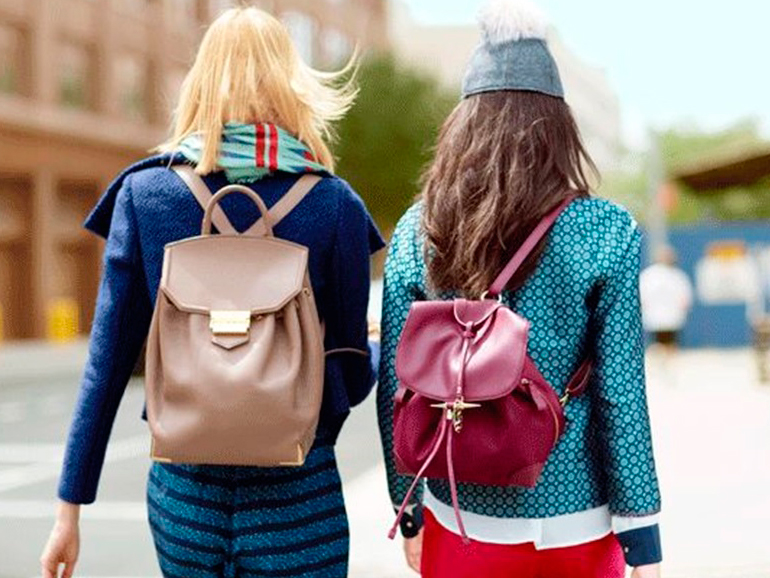
Bags and backpacks are often the cause of pellets. Accessory straps, when rubbing with clothing, cause fibers to “knock out” from the fabric and become tangled. Therefore, backpacks can be worn on shoulders only over jackets and sweaters made of wear-resistant, dense fabrics. If you put a handbag on a woolen sweater, it will quickly roll up and look untidy.
Another recommendation for proper wear is to try to eliminate the friction between things that are prone to pilling. You should also minimize the contact of such clothing with other surfaces and objects. For example, you cannot:
- resting your elbows on the countertop while eating or working;
- cross your legs, shuffle your feet on the floor (firstly, trousers are washed, secondly, socks);
- crawl on the floor in pants or trousers;
- sit on rough surfaces that can damage the fabric.
Quite often the clothes of people who spend a lot of time driving get damaged. While driving, your back constantly rubs against the back of the seat, and as a result, the thing flops out and is completely “filled up” with pellets from behind. There are three ways to prevent this outcome:
- purchase soft covers for washing machine seats;
- wear sweaters made of dense, wear-resistant material that can withstand constant friction;
- When you get behind the wheel, put on a special vest and take it off before getting out of the washing machine.
The next piece of advice is don’t rub away dirt. Usually, the first reaction to a newly planted stain is to erase the affected area. The area is wetted with water, filled with stain remover and rubbed vigorously until the dirt is gone.However, such actions will certainly lead to the appearance of pellets, so it is better to avoid them.
But how then to remove stains from laundry? Fabrics prone to pilling should be cleaned as follows:
- place the soiled item on a clean towel or rag;
- treat the contaminated area with a stain remover;
- Gently blot the stain with a clean rag.
This way, without any friction, the stain will gradually come off. Afterwards, rinse the laundry with water and dry. Items that are prone to pilling should be kept away from clothing with Velcro. These sticky fasteners can “stick” to delicate fabric and “pull” several fibers out of the material, which subsequently become tangled. Therefore, if you have clothes with Velcro in your wardrobe, make sure that they are always fastened, especially when washing.
Choose durable items
Of course, it is better to avoid items that are prone to pilling when purchasing a new wardrobe item. Undoubtedly, pills can accumulate on absolutely any material, but there are still fabrics that are more susceptible to this risk. Try to give preference to dense and wear-resistant items so that in the future there is no need to deal with “lumps” on clothes. For example, synthetics have a greater tendency to fray than cotton or linen.
Most often, pellets “attack” synthetic fabrics such as nylon, polyester, and acrylic.
Blended fabrics, which include both synthetic and natural fibers, are also prone to pilling. One of the natural materials that is prone to pilling is wool. If you want to buy a wool sweater, then focus on dense, thick knitting.The looser the weave, the more the item will roll. Thick fabric will not show through much. Therefore, if you don’t want to constantly worry about pilling, it’s better to avoid purchasing fine knit.
Denim items are distinguished by a fairly dense weave, so they are almost not covered with “lumps”. To make a couple of pills on jeans, you have to try hard.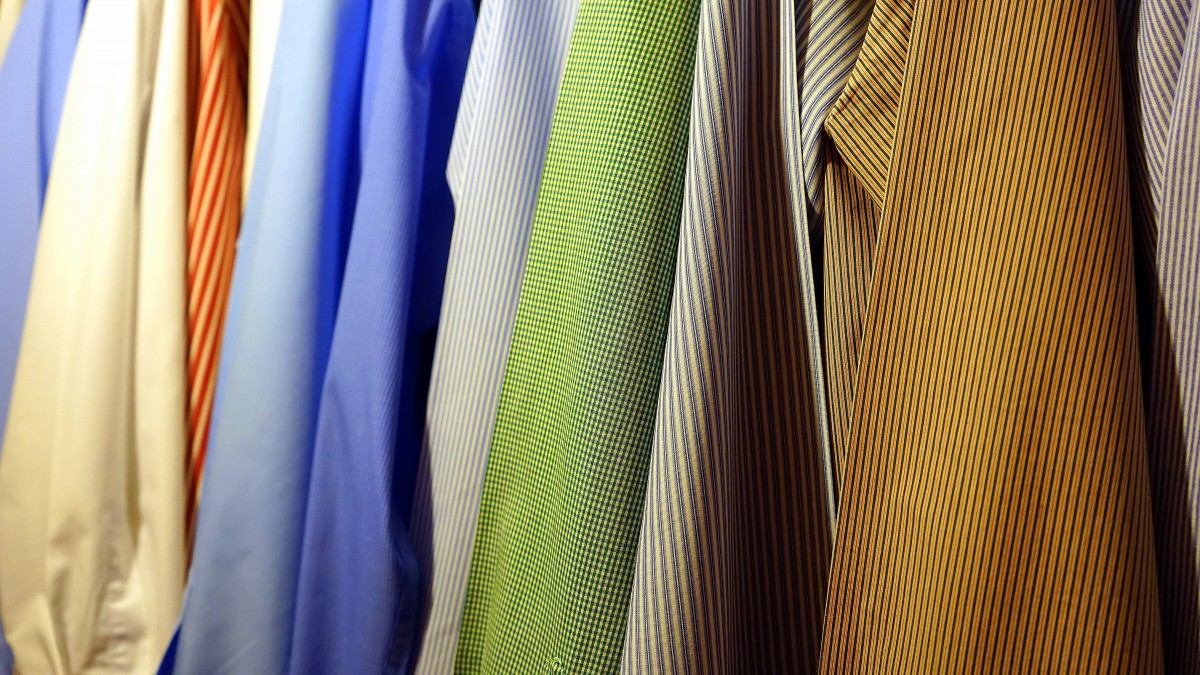
It is necessary to choose clothes from fabrics with a high thread count for every 10 cm of material. For certain types of special fabrics (for example, for bedding), the density is calculated by the number of threads per ten centimeters of length. The higher the number of threads stated, the better the quality of the fabric. The fibers of such materials are long enough, so pellets almost do not appear. This is explained by the absence of “short pieces”, which can be knocked out during use and tangled into lumps.
Thus, you can avoid the occurrence of pilling if you properly care for your clothes, wear the item carefully, and avoid unnecessary friction. It is equally important to choose the right linen from the beginning, evaluate the quality of the material, and not buy fabrics that will wrinkle after the first wash.
Interesting:
Reader comments
- Share your opinion - leave a comment

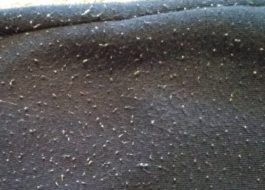
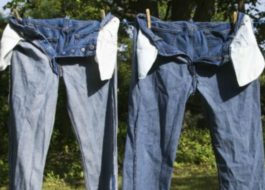
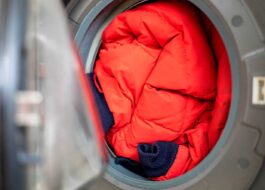


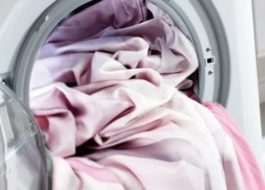














Add a comment